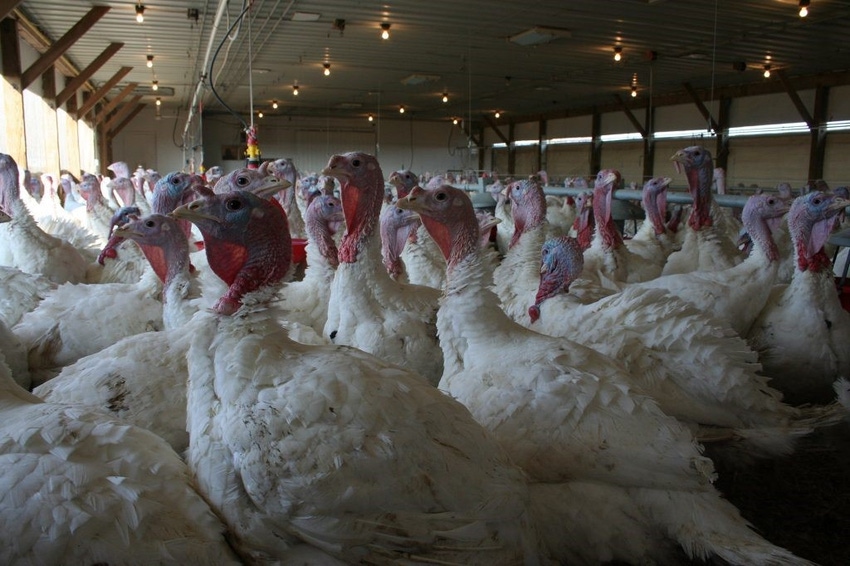Turkey reovirus in research spotlight
FFAR grant to address re-emergence of costly viral turkey disease.
November 26, 2019

Turkey arthritis reovirus (TARV) is a virus that infects up to 70% of U.S. turkey flocks and has been reported in all turkey-producing states.
To understand TARV, the Foundation for Food & Agriculture Research (FFAR), along with the Minnesota Turkey Research & Promotion Council and the University of Minnesota, awarded a $100,000 Rapid Outcomes from Agriculture Research (ROAR) grant to the University of Minnesota to track how the virus is spread and when the best time to administer a preventative vaccine is.
According to FFAR, TARV causes lameness in turkeys and economic losses for producers. While arthritis reovirus in chickens is well documented, little is known about TARV transmission.
“Turkey welfare and producers’ bottom lines are negatively affected by TARV,” FFAR executive director Sally Rockey said. “This research will inform the next generation of TARV mitigation techniques, improve animal welfare and protect a Thanksgiving staple.”
TARV was briefly an issue for turkey producers in the 1980s, but the condition disappeared as quickly as it had appeared, the announcement said. The virus re-emerged in 2011, causing lameness as well as swelling and increased fluid in one or both hocks, the turkey’s leg joint. This leads to substantial economic losses for producers through increased culling and mortality, increased condemnation rates, poor feed efficiency and low rates of weight gain.
When clinical signs of TARV reappeared in 2011, autogenous vaccines were developed to stave off the infection, FFAR noted, but many vaccines are now ineffective because the virus strain has evolved.
University of Minnesota researchers are studying five groups of TARV-infected turkeys at different ages to determine when the turkeys are susceptible to the infection, how the virus spreads and if there is an age at which they are no longer susceptible to the virus. Ultimately, this information will inform vaccination strategies and clarify when young turkeys should be vaccinated and how pens should be arranged or cleaned to prevent TARV’s spread, the announcement said.
The U.S. is expected to produce more than 240 million turkeys this year, and Minnesota will lead the way with a projected 40 million birds raised on 600 farms.
This research effort is funded through FFAR’s ROAR program, which rapidly funds research and outreach in response to emerging or unanticipated threats to the nation’s food supply or agricultural systems, FFAR said, noting that it has contributed $49,000 to this $100,000 effort, with matching funds from the Minnesota Turkey Research & Promotion Council and the University of Minnesota.
You May Also Like



